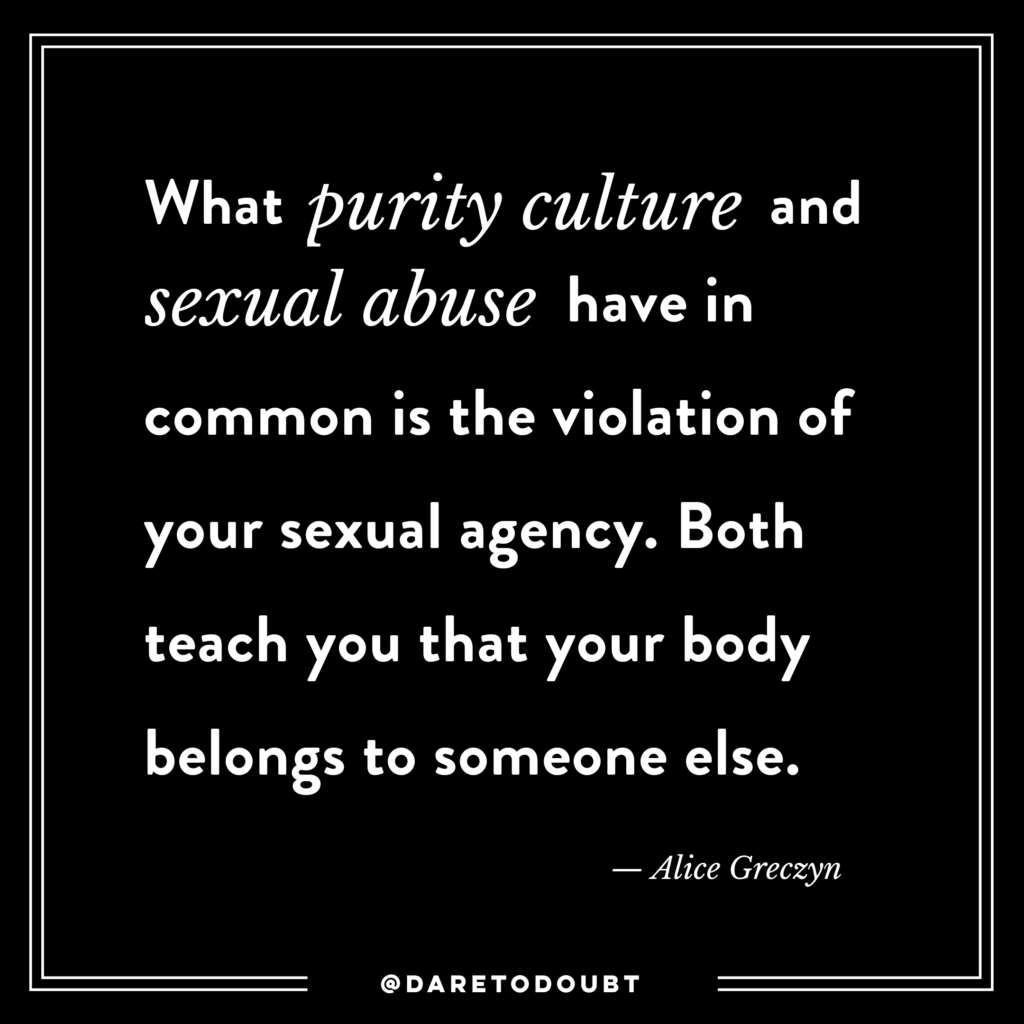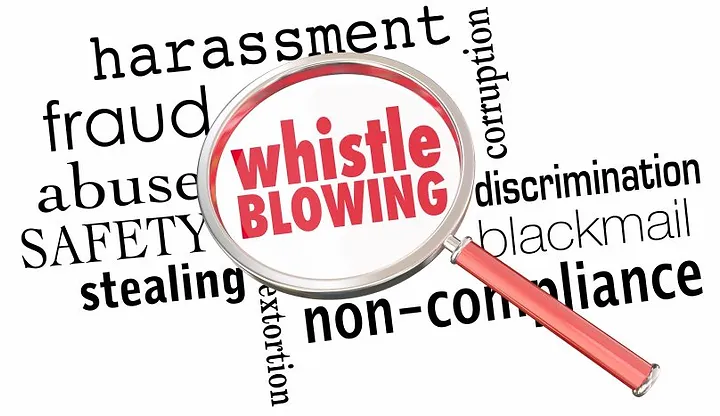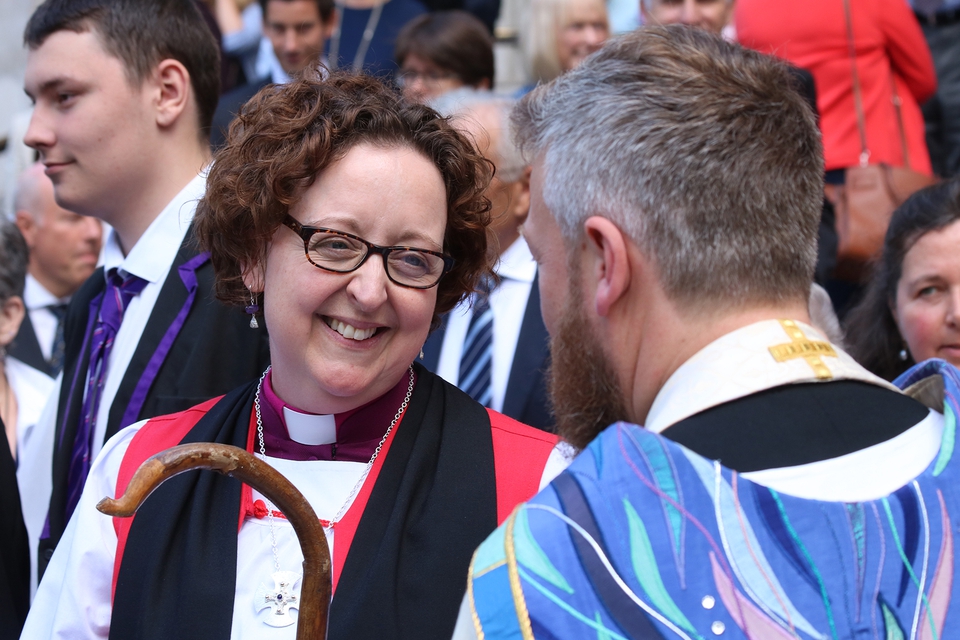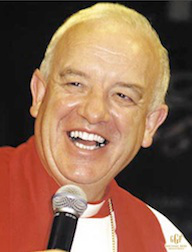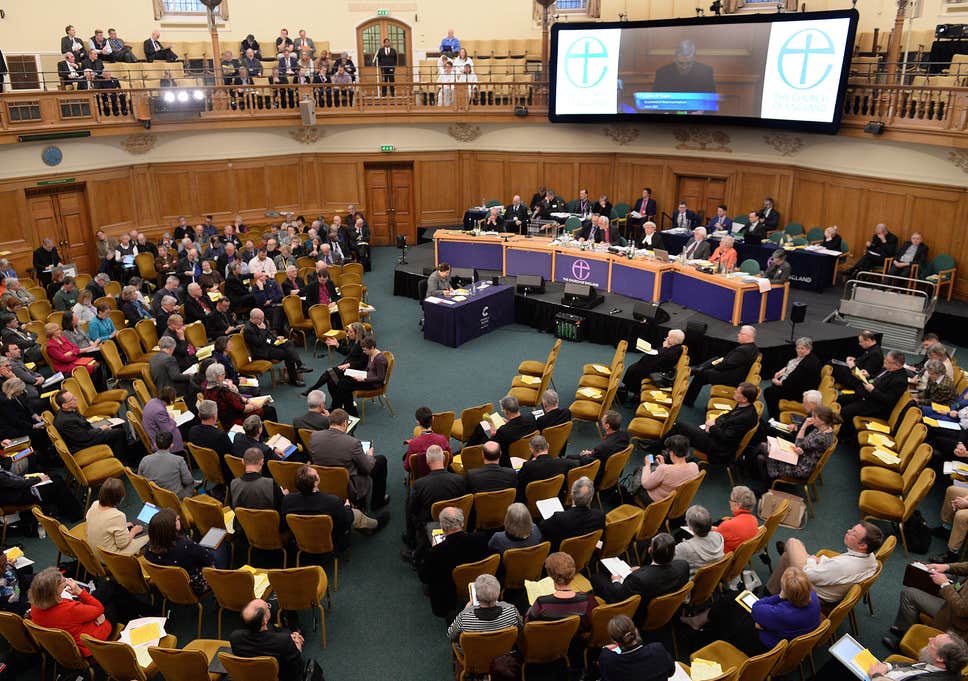
Whilst the debates over sexuality gathered most of the headlines during last week’s General Synod, useful information has nevertheless been forthcoming for those of us concerned about Safeguarding; “Let those who have ears to hear, hear” is a good text for the attentive, so here are my principle takeaways.
• The Archbishops and Church House did not dare to have an open debate about why the project known as the “ Independent Safeguarding Board” is in such deep trouble.
• Bishop Pete Broadbent was absolutely right when he warned that
“The platform tactic (from those leading debates and carrying forward the business of Synod) has been to attempt to keep questions about the Church’s safeguarding practice, past and present, off the floor of Synod. Attempts to inquisite the shortcomings of the National Safeguarding Team, the past failures of Bishops and the various ‘lessons learned reviews’ (from which we never seem to learn very much) have been seen off and resisted, leaving victims, survivors and those campaigning on their behalf with the sense that justice will never be done or seen to be done.”
• The ISB has itself identified to Archbishops’ Council serious problems concerning its creation and functionality, which include the following direct quotes from its website
• Church inaction in one area “severely hampers the ISB’s ability to provide oversight and scrutiny …”
• “the Church of England has co-created a delivery vehicle that frustrates the ISB’s ability to assure a critical safeguarding service.
• The current position of the ISB in the Church’s infrastructure is unsustainable”
• The ISB does not consider that it is sufficiently independent from those it is responsible for scrutinising
• Half the membership of the Audit Committee of the Archbishops’ Council has raised concerns about the creation and functionality of the ISB, yet those concerns have been rebuffed.
• Nobody knows the composition of the delegation which spoke to the Charity Commission on behalf of Archbishops’ Council after governance failures were reported by a wide range of interested parties.
• The New Director of Safeguarding needs all the support he can get.
The implications of these observations are important and profound; they go to the very heart of good governance of the Church of England and the continuing problems must once again be reported to the Charity Commission. This is not just about safeguarding it is about proper governance.
The ISB was the principal response of the CofE to IICSA and already it has failed in its present incarnation. That statement is not even controversial if you talk to members of Archbishops’ Council, or of the ISB. It needs reformation and everyone- not least the Church victims – knows this to be true. The $64 question is “when and by whom”.
Church House obstructed the attempts to place this in the agenda last week; we simply wanted to note the concerns of the Survivors and the ISB, place the matter on the agenda for July and ask the Audit Committee to look into why things went wrong.
Be very very clear, it was the latter proposition that spooked the Establishment at Church House and Lambeth Palace.
For all its rhetoric about transparency and accountability the CofE leadership resists the application of the Nolan principles for good conduct in public life at a visceral level. It will accept any amount of public embarrassment rather than submit to proper scrutiny into how it manages matters such as Safeguarding.
The reason is simple; to undertake Safeguarding to the well established standards of the secular world, you have to confront the unaccountable discretionary powers of the 42 Bishops each of whom acts with the autonomy of a medieval Prince Bishop. You simply cannot reconcile good Human Rights compliant safeguarding, with a structure still significantly operating within a 12th century mindset.
Synod has just voted through the necessary legislation to make Safeguarding “Advisers” in Dioceses into “Officers” who are independent of their Bishops. But they now report not to an independent oversight body, like perhaps the Independent Safeguarding Board, but instead to the Archbishops’ creation – the National Safeguarding Team. In the 1971 words of The Who, is this a case of “Meet the new boss, same as the old boss” ?
When I began challenging Church thinking on Safeguarding in 2015 I made clear that the mantra “ Trust me -I’m a bishop” will not wash in the modern world. I was taken aside by a senior Bishop who patiently explained that I was trying to make them conform to the standards of the secular Safeguarding world, whereas “ We are building a system suitable for the Church of England”.
That turned out well didn’t it?
During the Monday evening Question and Answer session a low key drama played out, the implications of which will have been missed by many members. You have to know how to “read the game” here.
A member asked if the Audit Committee had been asked to audit the creation of the Independent Safeguarding Board. This in itself should have caused a ripple of excitement. Every year, Synod nods through the routine report of the Audit Committee but it never contains anything headline-grabbing. Not that is, until now.
Now, it is being asked – and is also itself asking – to become involved in one of the major issues for the Church. Perhaps this is not so unusual given the millions of pounds being spent on inquiries and paid out to victims of wrongdoing by the Church as well as the reputational harm the constant scandals are doing to it. Safeguarding is an important matter. If the ISB is in crisis so soon, why is this? What went wrong? Who should we trust to put it right?
The Audit Committee is a watchdog for Synod and has a supervisory role in anticipating and troubleshooting problems. In a different agenda item, one member of the Audit Committee described auditors as “always being able to find the cloud behind the silver lining”.
The question was answered by Maureen Cole who is not only the Chair of the Audit Committee but sits on the Archbishops’ Council. Curiously, neither the written answers provided nor she personally identified herself as having this dual role. She was put up to answer and repeated the mantra that the ISB is independent and not the Audit Committee business – but wait…. Why was she answering for the Archbishop’s Council if she is the Chair of the watchdog? “ A wo/man cannot serve two masters”. If Hogwarts had taught Harry Potter auditing skills alongside potions, advocating for the people you are supposed to be auditing would be one of the Unforgivable Curses.
She was then challenged by members of her owncommittee and was obliged to acknowledge that half of the committee had asked to look into the ISB creation and that the Archbishops’ Council – on whose behalf she was answering – had rejected such an inquiry. And so we are back to a common theme in these matters – that of conflict of interest and lack of proper independence.
Further, as indicated from the quotations above, the independence of the ISB from the Archbishops’ Council was called into question by the ISB members themselves. It is a mess and needs looking into but there is reluctance to do so by “ the powers that be”. It is a different problem to that identified by Bp Pete Broadbent but closely related.
Why does this matter?
Put simply, if the design of the ISB Constitution is flawed we need to understand why; nobody would ask that a replacement Grenfell Tower be designed and built by the same architects and construction company unless there had been a proper – and timely – inquiry into why the design failed in the first place.And the original architects and builders would not be trusted to report on what went wrong. The same applies to the ISB. I do not blame its members for the problems they report. Indeed, I praise them for acknowledging the weaknesses they have identifiedand clearly want to address.
I go further; I ask was the failure to give proper independence a matter of incompetence or symptomatic of a fundamental reluctance in Church House to relinquish power?
In another debate the Revd Andrew Dotchin spoke of the need to be trusting if projects are to take off under their own steam. “ If you give” he advised “ let go”.
That is a well formulated proposition and one I borrow in this context. Did the ISB fail because Lambeth Palace and Church House feared to surrender control over Safeguarding to a fully independent, autonomous body?
I suspect that this is the answer, but a proper investigation by the Audit Committee would help clarify this. Unfortunately the Archbishops’ obstruction means that the matter cannot be debated properly until July, and if Synod wants to review and oversee the new iteration of the ISB, that simply cannot happen until February 2024 . I suspect that by then another “ Bishops’ fix” will have been implemented and proper oversight circumvented again. This is not just poor governance, it is flawed governance.
I wonder what IICSA, the Charity Commission and possibly even Parliament, who are now taking a close interest in the Church’s affairs because of LLF, will have to say about this.
When after more than two centuries as a leading merchant bank, Barings Bank collapsed in 1995, it was due to the misconduct of a single employee. The subsequent inquiry concluded that Barings was bankrupted due to an absence of effective controls and inadequate auditing. The ISB must not become the next Barings, and all praise to the three members of the Audit Committee who are apparently trying to prevent this. One hopes that the other two, independent members of the Audit Committee will join them to form a united front against the stone wall of the Archbishops Council.
There is however, some good news. The new NST Director Alex Kubeyinje began his first speech to Synod with an apology for the furore that had greeted his references to NST staff being threatened. If the giving of that early sincere apology heralds a change of culture at Church House then it is is to be doubly welcomed. He appears to be a quiet thoughtful man, not given to rhetorical flourishes. That too is to be welcomed. But most welcome of all is the fact that coming from the secular Safeguarding world I knew, I am confident that he knows how to do things properly.
Whether he will be able to successfully challenge the existing Establishment mindset and culture remains to be seen. He will need all the help he can get including that of Survivors, whose contribution to the debate the Archbishops sadly preferred Synod not to hear about.
